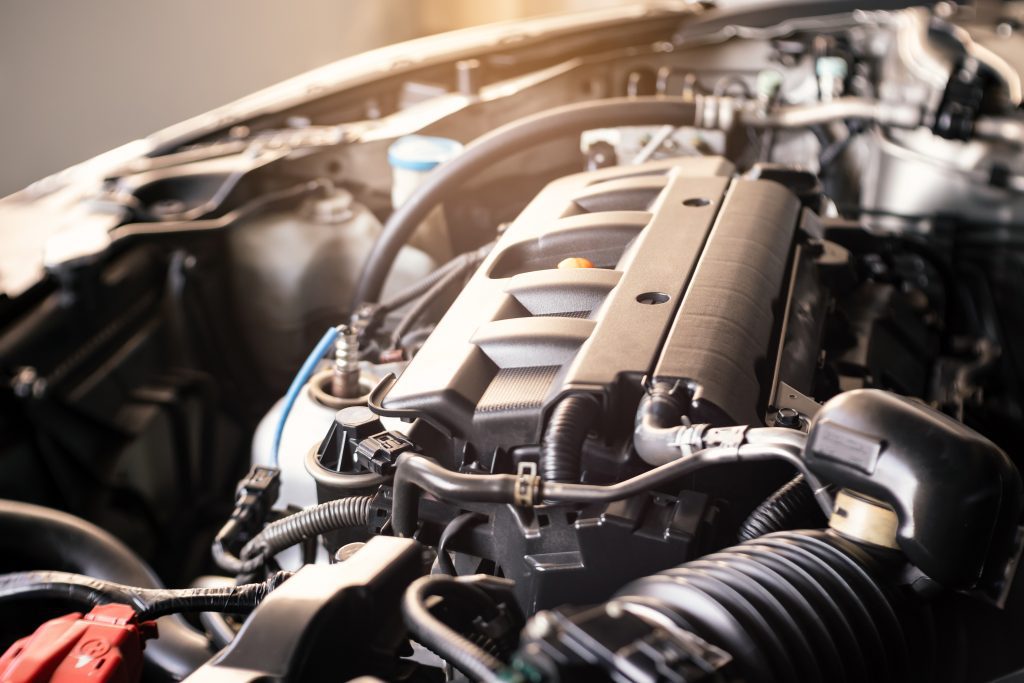When you’re in the market for a new car, there are many factors you need to think about. Keeping your car’s running costs low is important and you may not have considered how influential car engine size can be. The most common car engine size in the UK is a 1.6-litre engine because it tends to suit several drivers. The car engine size you choose can affect your car’s fuel economy, performance and value so buying a car with an engine size that’s right for you is important. In the guide below we look at different engine sizes and which could suit your lifestyle.
What does car engine size mean?
Your car’s engine size doesn’t mean how big the actual engine is. Most engines are around the same size but it’s the total volume of cylinders in the engine which is meant by its ‘size’. A car’s engine size can be identified by its total capacity and is expressed in litres or cubic centimetres. The smallest engine size in the UK is around 1.0 litres, which is a car with a four-cylinder engine of 250cc each. The highest engine size in the UK is around 3.0 litres but they are rarer and tend to be found in high-performance cars.
Small engines.
1.0-litre to 1.2-litre engines.
Small engines are the most economical because they use the least amount of fuel. A small engine would be suitable if you only make short journeys and rapid speeds aren’t necessary for you. Small 1.0-litre engines make great city cars and cars for new drivers. The most economical 1.0-litre engines include the Volkswagen Up! and the SEAT Ibiza.
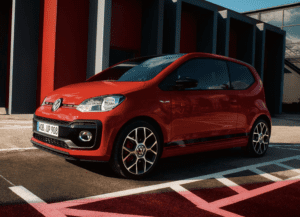
Medium engines.
1.6-litre to 2.0-litre engines.
Medium engines tend to fall between 1.4/1.6 litres to 2.0 litres. These engines provide more power and better performance than 1.0-litre engines. You’ll typically find these in larger family hatchbacks, supermini cars and medium-sized SUVs. They do use more fuel but still tend to be quite economical. 1.6 litre engines tend to be the most popular because they provide a good amount of power without being over bearing. Medium sized engines can be commonly found in popular cars such as the BMW 1 series and Volkswagen Tiguan.
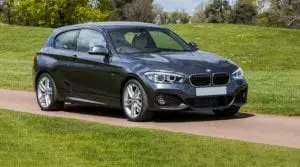
Large engines.
2.2-litre to 3.0-litre engines.
Larger engines can be found in vehicles which work harder than others. You may opt for a 2.2litre+ engine if you need to tow something like a trailer or caravan. Larger engines like these can be found in vehicles that cover long distances such as diesel cars and burn more fuel. They can maintain high speeds and accelerate quickly. If you’re after a car with a little more oomph, check out popular large engine cars such as the Kia Sorrento or Nissan X-Trail.
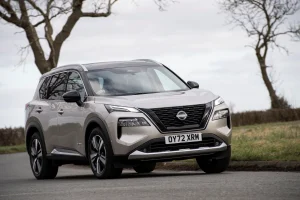
XL engines.
3.0-litre+ engines.
The top-of-the-range engine size is the 3.0-litre engine which offers the highest level of performance. They can suit both drivers looking for high speeds or carrying heavy loads. Popular 3.0+ litre engine cars are the Mercedes E-Class E450d and the Audi S6.
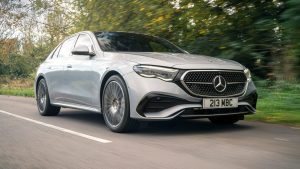
Which car engine size is right for you?
The car engine size which is right for you can depend on the following factors.
Budget.
Usually, a car with a larger engine will cost you more. The cheapest cars are the ones with smaller engines such as 1.0 litres. They can be perfect if you’re on a budget and also won’t cost you a great deal to run.
Driving styles.
If your journeys are typically short and mostly around town, a small engine would suit you perfectly. If you typically perform longer journeys and often drive on the motorway, a vehicle with an engine size of 1.6-litre+ would be a better choice. If you regularly tow heavy loads or care about high performance, you’d be better suited to a larger engine size of 2.5 litre+.
Fuel economy.
Fuel economy is important to all drivers and you’d probably never hear someone say they want a car which guzzles the fuel. Most cars nowadays come with a good level of fuel efficiency but some cars will use more fuel than others. Generally, the larger the engine size you choose, the more fuel it will use. Smaller 1.0litre engines can provide the best fuel economy whilst out on the road but many mid-range engines can also save you money on fuel.
What engine size is my car?
If you’re in the market for a new car, you may want to get a car with a larger or smaller engine than you currently have. But, what do you do if you don’t know what your car’s engine size is? Finding out your car’s engine size is easy! You can find your car’s engine size in your owner’s manual, handbook, or on some finance documents if you have it. If you’re still at a loss, you can call the manufacturer, give them your VIN (Vehicle Identification Number) and they will be able to help.
Get a FREE finance quote!
Looking for a car on finance? Let us help! Get a FREE finance quote and you could be driving your new car by the end of the week! No credit impact when you apply!

